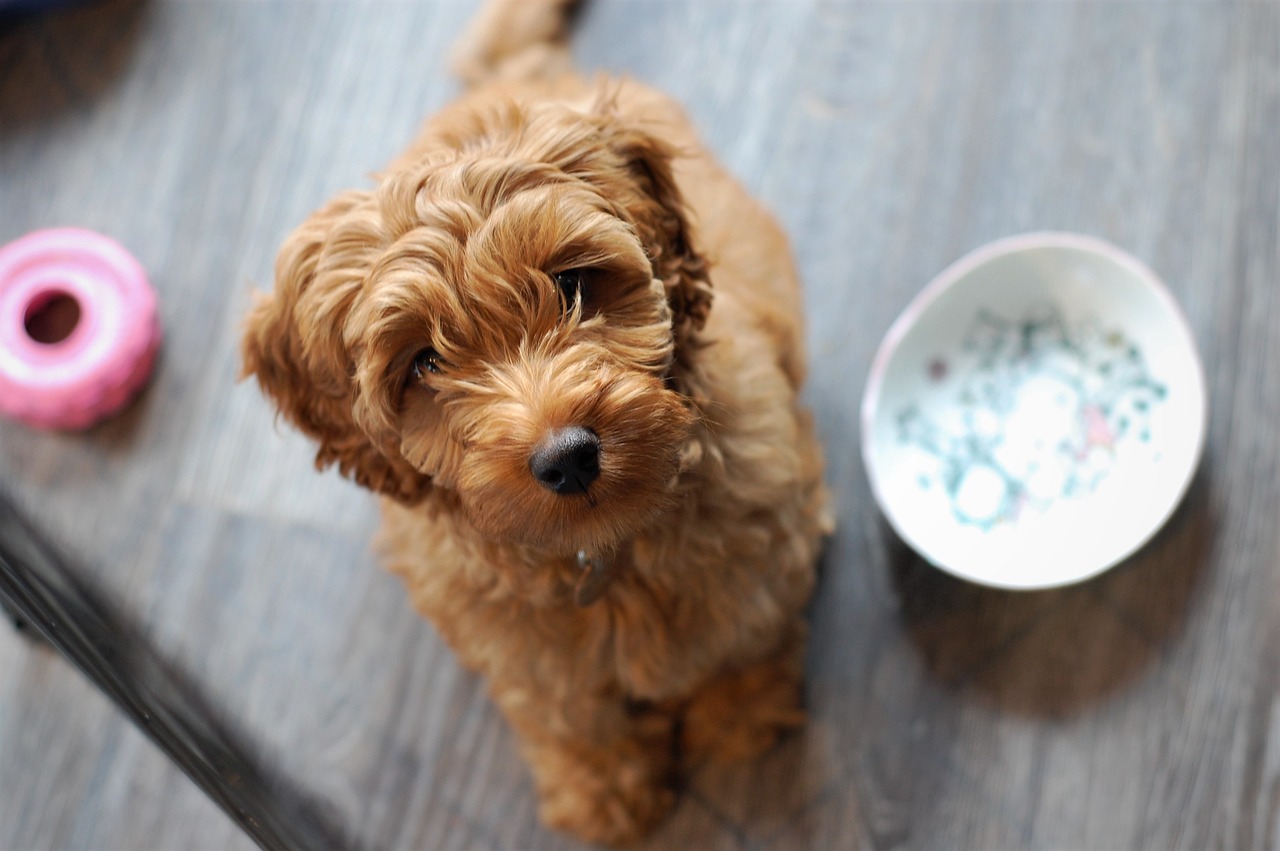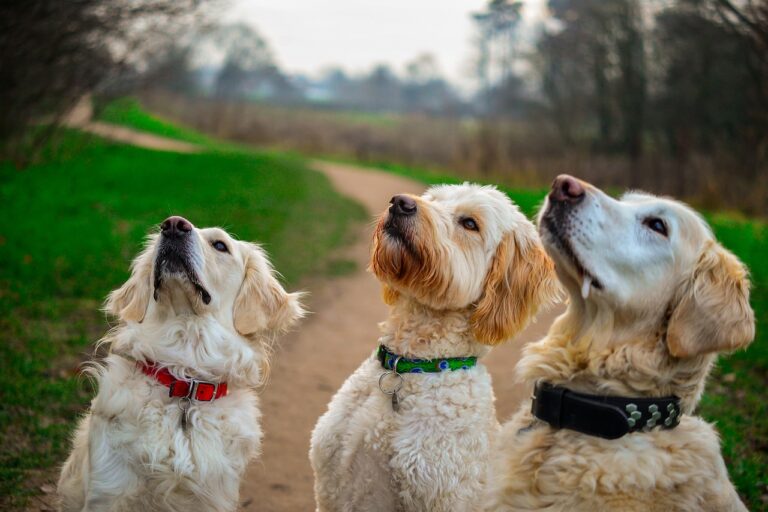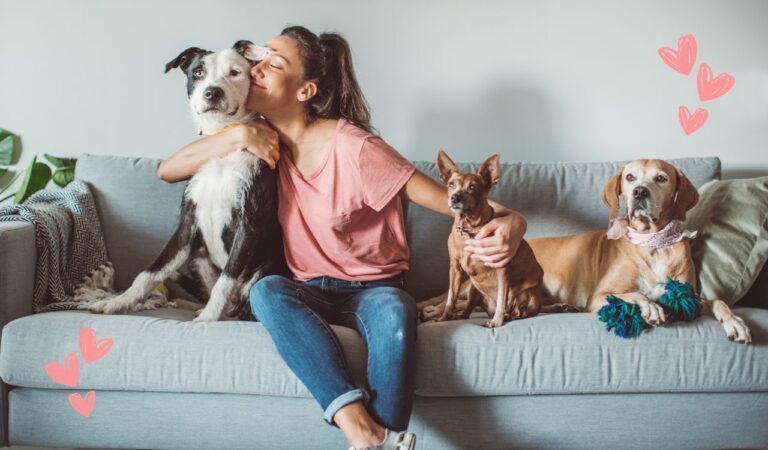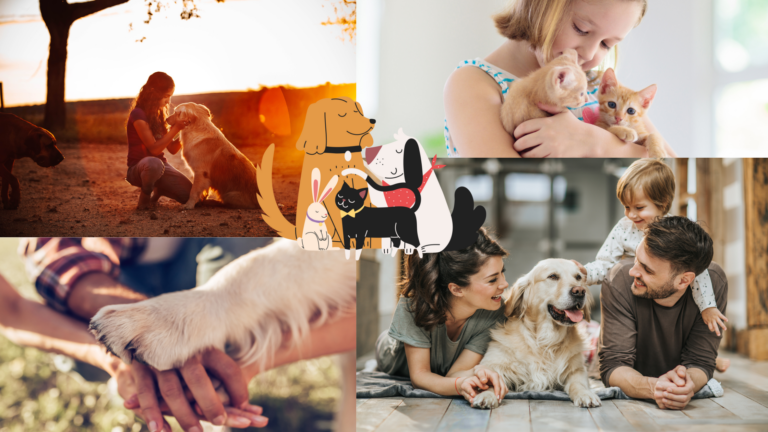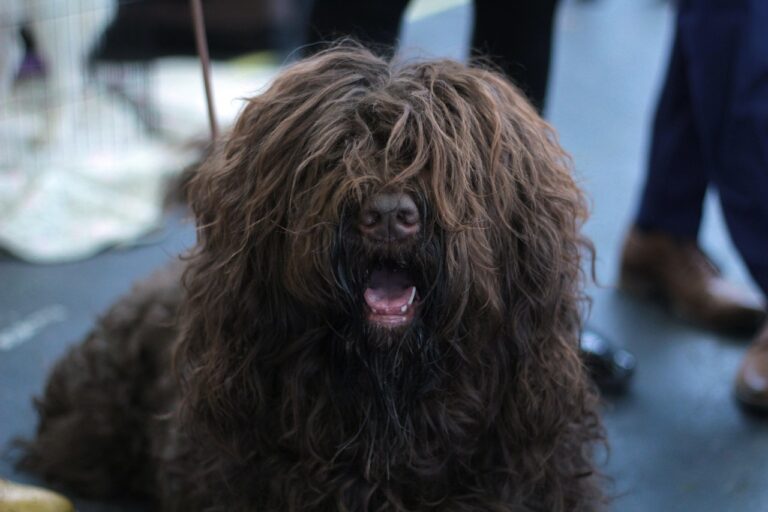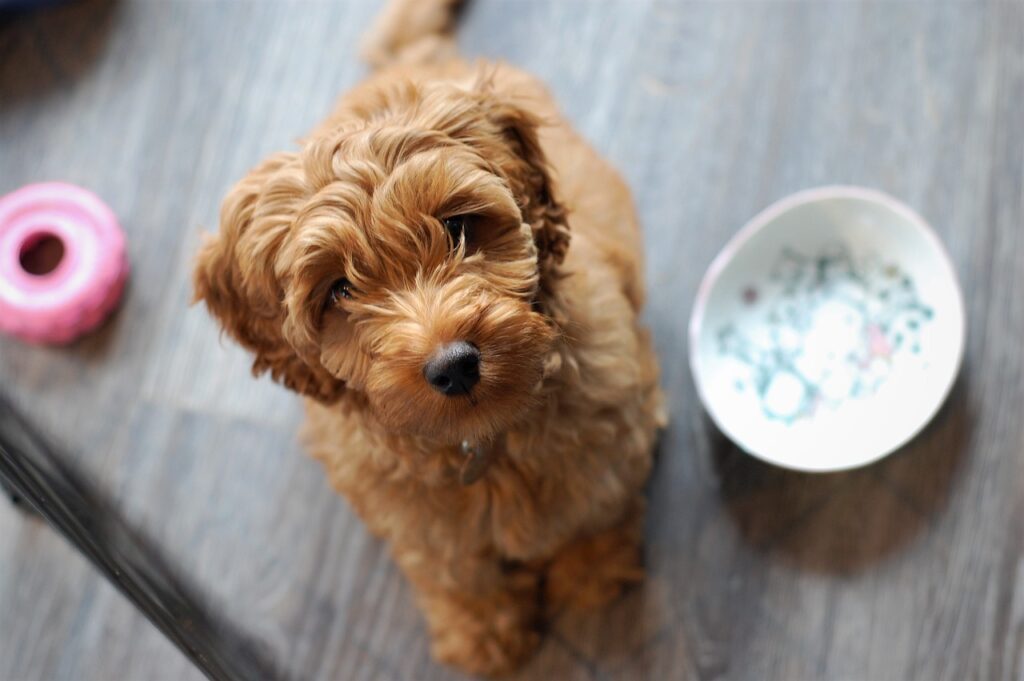
Welcoming a furry friend into your family brings immeasurable joy and companionship. However, occasional behavioral challenges, such as food aggression, can arise. Food aggression occurs when a dog displays possessive or aggressive behaviors around food, which can be concerning and even dangerous. In this blog post, we will explore effective strategies to prevent food aggression in family dogs and provide tips for improving their behavior. Let’s ensure mealtime is a harmonious and stress-free experience for both you and your beloved pet!
1. Start with Puppy Training:
Preventing food aggression begins early in a dog’s life. During puppyhood, focus on positive reinforcement training. Teach your pup basic commands like “sit,” “stay,” and “leave it.” These commands help establish your role as the leader and lay the foundation for good behavior around food.
2. Mealtime Manners:
Establish a consistent feeding routine and set clear rules for mealtime behavior. Ask your dog to sit and wait patiently before placing their food bowl down. Reinforce this behavior with praise and rewards. Encouraging patience and good manners will help prevent any sense of entitlement or possessiveness over food.
3. Gradual Bowl Approach:
If you have an adult dog displaying food aggression, try the “gradual bowl approach.” Begin by hand-feeding your dog small portions of their meal, rewarding calm and gentle behavior. As they become more comfortable, gradually transition to placing the bowl on the ground, monitoring their behavior closely. This technique helps dogs associate positive experiences with the presence of food.
4. Practice Food Exchange:
Frequent handling and exchanges of food or treats can desensitize your dog to possessiveness. During mealtimes, offer your dog a high-value treat in exchange for their regular food or vice versa. This practice fosters a positive association with relinquishing food, reducing the likelihood of food aggression.
5. Respect Personal Space:
Respect your dog’s personal space while eating. Avoid touching, petting, or approaching them during meals. If you have children, teach them to give the dog space during feeding time. A dog that feels secure and uninterrupted is less likely to exhibit food aggression.
6. Food Puzzle Toys and Slow Feeders:
Enrichment toys, such as food puzzle toys and slow feeders, can provide mental stimulation and slow down mealtime. These tools make dogs work for their food, reducing the chances of developing food-related possessiveness. Engaging your dog in such activities also promotes their natural problem-solving instincts.
7. Professional Guidance:
If your dog’s food aggression persists or worsens despite your efforts, consult a professional dog trainer or behaviorist. They can provide expert guidance tailored to your specific situation, offering effective strategies and training techniques to address the issue.
Food aggression in family dogs can be challenging but manageable with the right approach. By starting early with positive reinforcement training, establishing mealtime manners, and respecting your dog’s personal space, you can prevent food aggression from becoming a problem. The gradual bowl approach, food exchanges, and the use of food puzzle toys contribute to a positive association with mealtime. Remember, patience, consistency, and seeking professional help when needed are key to fostering a peaceful and harmonious relationship with your four-legged companion. Enjoy mealtime together, and may your family dog thrive in a safe and loving environment!🐾

